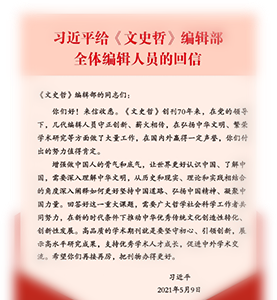“疽发背而死”与中国史学传统 潘务正
史书中经常出现历史人物“疽发背而死”的记载。此病在古代为膏肓之疾,死亡率很高。史传中这一叙事元素不仅仅为实录,还往往蕴含着丰富复杂的意蕴,它展现了历史人物的忧患意识,至明清之际成为遗民的一种隐晦死法;因患上是病时死相极为凄惨,故史家在此中融织了天道观念,至后世演化为诅咒之语。叙事手法上,“疽发背而死”含蓄地表达了历史人物的情感,流露史家的褒贬倾向,并渲染出浓厚的悲剧意蕴。这一叙事元素符合古代文史交融的传统,为史家青睐。
“Dying from Carbuncle on the Back” and Chinese Historical Tradition Pan Wuzheng
In Chinese history books, the kind of records of historical figures “dying from carbuncle on the back” can often be found. This disease was incurable in ancient times with very high mortality. The narrative element in historical biographies did not only mean true record, but also contain complex meanings, which embodied the crisis awareness of those figures, and became a metaphorical way of the adherents’ death in late Ming and early Qing period. Because persons who were attacked by this disease would die in a quite deplorable state, historians integrated the idea of “Way of Heaven” into it, and in


